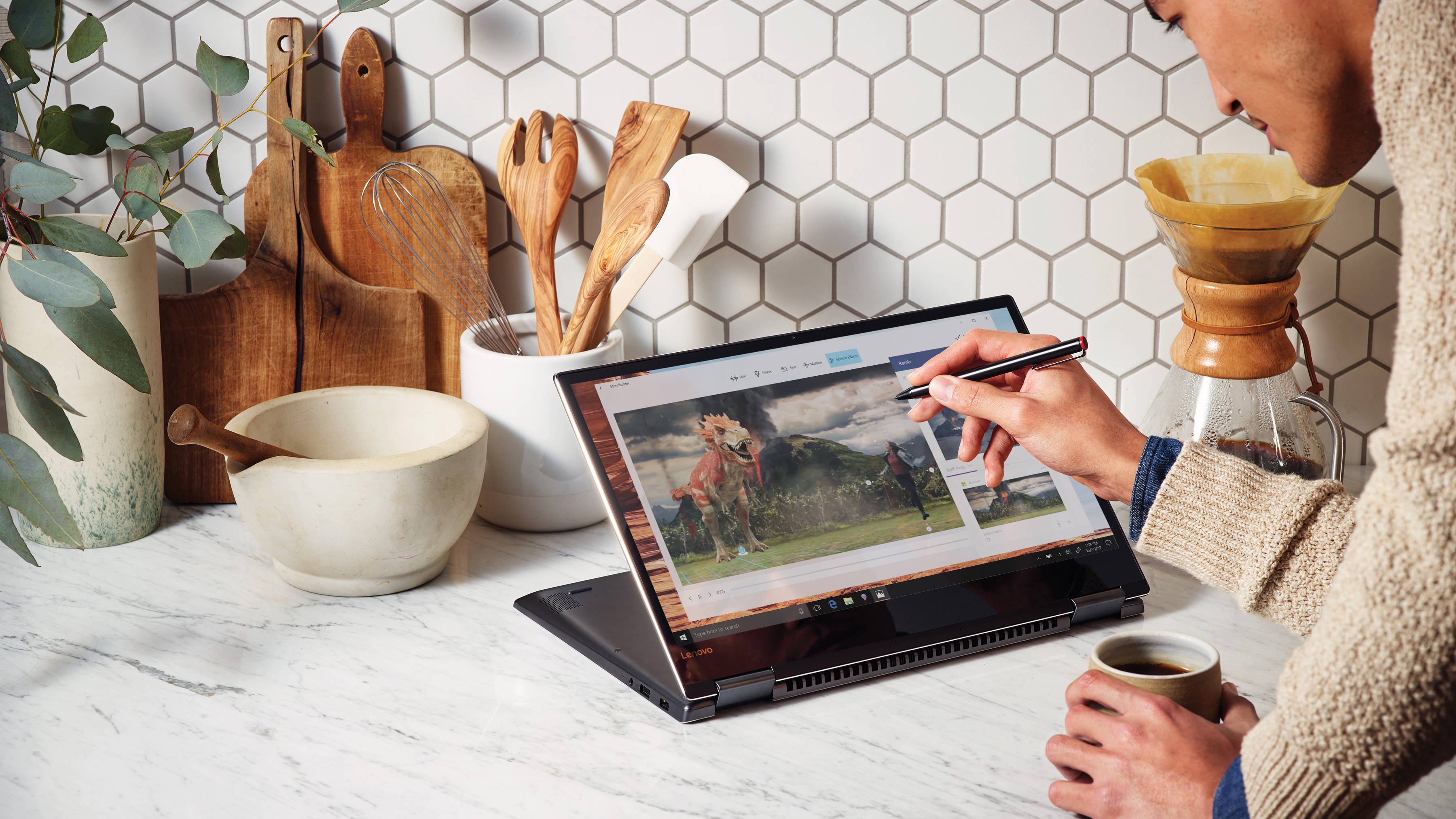Microsoft details 'Modern OS,' its vision for a future operating system
An always connected, highly adaptable OS

At Computex 2019, major tech companies are showing off their newest products and visions for the future of computing. Microsoft is also sharing its vision for the future in a blog post that highlights the path forward for the future of Windows 10 – or another operating system (OS) entirely.
Microsoft noted many features that would need to be central to what it calls "Modern OS." One quality-of-life feature is seamless updates for the OS, which would automatically download and install in the background. They wouldn't require any interruption to users, as past Microsoft updates have required a system restart and usually entail a lengthy installation process.
- Check out Intel's next wave of computing vision
- Here are details on Intel's Project Athena
- All about the Windows 10 May 2019 Update
The tech giant also wants the OS to be secure by default, with key aspects of the computer walled in. It would keep the OS, applications and compute components separate from one another to defend against attacks.
This is particularly important, as these devices would also be always connected, whether that's through Wi-Fi or a cellular 5G connection.
That constant connection the the internet is important, because many experiences will be powered by cloud computing servers. Microsoft sees its servers as a tool to not only support the cloud as most of us know it today, effectively online storage, but as an added resource for computing power.
With artificial intelligence (AI) backing these cloud-connected experiences, Microsoft believes the Modern OS would help users get things done and keep organized. The connections between devices would also be important, as phones, laptops and other Internet of Things (IoT) devices would also be linked, sharing data between one another.
A mouse and keyboard would be less important in the Modern OS, as it would be "multi-sense." This means it would accept voice, touch, gaze and pen input just as well as more traditional inputs.
Sign up for breaking news, reviews, opinion, top tech deals, and more.
Microsoft also wants the Modern OS to be more adaptable to conform to the different visions of manufacturers. Many system makers have shown off imaginative new designs for computers, and the new OS would need to adapt to new features, like secondary screens above the keyboard or foldable displays.
- Check out the futuristic Asus Zebok Pro Duo seen at Computex

Over the last several years, Mark has been tasked as a writer, an editor, and a manager, interacting with published content from all angles. He is intimately familiar with the editorial process from the inception of an article idea, through the iterative process, past publishing, and down the road into performance analysis.